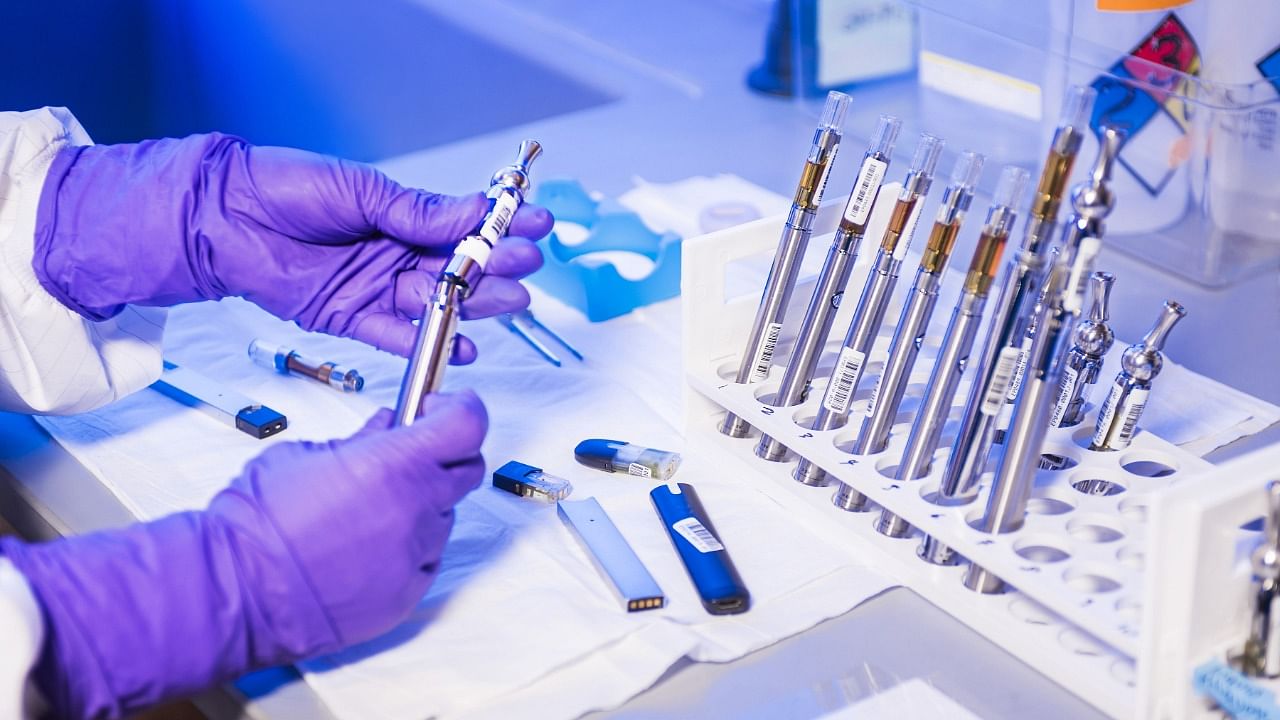
In 2019, the Indian government announced a ban on e-cigarettes to contain the threat they posed to future generations. The decision might as well have been scripted by the WHO, which continues to insist that all tobacco products are the same, despite mounting evidence to the contrary.
For a country that is home to almost 267 million tobacco users, this decision is, to be blunt, shameful. About a million people die each year in India from tobacco-related causes, and research shows e-cigarettes, although not risk-free, may lessen the risk of developing diseases like lung cancer and COPD by up to 95% because they contain no tar and significantly fewer chemicals than that make up the toxic stew of smoke in combustibles.
One of the latest studies to weigh in on the risks and benefits of e-cigarettes is a measured, sober look in the American Journal of Public Health that is signed by no less than 15 former presidents of the Society for Research into Nicotine and Tobacco, a leading international proponent of evidence-based science. It acknowledges the concern about the attraction e-cigarettes hold for young people, but they urge the health community, media and policymakers to more carefully consider vaping’s potential to reduce the number of tobacco-related deaths.
Now, we have the US Food and Drug Administration’s decision to allow the sale of British American Tobacco’s Vuse Solo closed electronic nicotine delivery system, along with three tobacco-flavoured cartridges. This marks the third time in less than two years that the agency has used peer-reviewed scientific evidence to approve tobacco harm reduction (THR) products. The FDA determined that the help the products offer adult smokers outweighs the attraction such products may hold for youth.
In the past two years, evidence, carefully compiled, weighed and debated, is how the FDA reached its decisions to provisionally authorise the sale of Swedish Match’s Snus and Philip Morris International’s IQOS heat-not-burn sticks as modified risk tobacco products (MRTPs), subject to regular review.
The Indian ban on e-cigarettes has simply led to a burgeoning black market that prices these products out of reach of many of the disadvantaged communities who could use them most.
The fact is, the most favoured tobacco control measure in India is tax increases, with the government steadily increasing its tobacco tax revenues over the last 10 years, from Rs 15,286 crore in 2011 to Rs 35,600 crore in 2020. This has served to exacerbate the difference between the rich and the poor, for the latter group must turn to cheaper, even more dangerous products such as bidis, thin cigarettes composed of unprocessed tobacco that are hand-rolled in leaves and contain higher concentrations of nicotine, tar, and carbon monoxide than conventional cigarettes sold in the United States.
According to an in-depth survey conducted last year for the Foundation for a Smoke-Free World, there is little understanding amongst smokers in India about nicotine, the addictive substance in combustible cigarettes that keeps them coming back for more but has not been linked to tobacco-related diseases. Nor were they aware of the existence of THR products in the first place, a necessary step to lessening health risk.
As evidenced by the e-cigarette ban, there is no measured sense on the part of the government or health authorities that THR may help, never mind that it can work. There is a yawning gap in homegrown product research in LMICs overall, and, in India’s case, at least, a concomitant dependence on outside organisations with political agendas – organisations such as the WHO, which was enacted 21 years ago and still refuses to amend its Framework Convention on Tobacco Control to more fully define the concept of THR and the proportionate risks and benefits of products that have come onto the market in the interim.
Like the WHO, the Indian government, a signatory to the FCTC, professes to have the interest of people at heart, even as it owns, through state-run insurance companies and a bank, about 28.5% of the India Tobacco Company (ITC) – a conflict of interest that remains unresolved.
This brings us back full circle to the example set by the FDA, and by countries such as the UK, which actively promotes e-cigarettes as a way to lessen the health risk from combustible smoking and has the statistics to back up its decision.
It is time for India, along with other countries around the world, rich, poor and in-between, to stop treating all nicotine products as the same and recognise that there is a continuum bracketed on one end by never smoking and combustible cigarettes on the other.
And to start saving up to four million lives a year as the battle – our battle – continues to eradicate combustible tobacco for good.
(The writer is president of the Foundation for a Smoke-Free World)